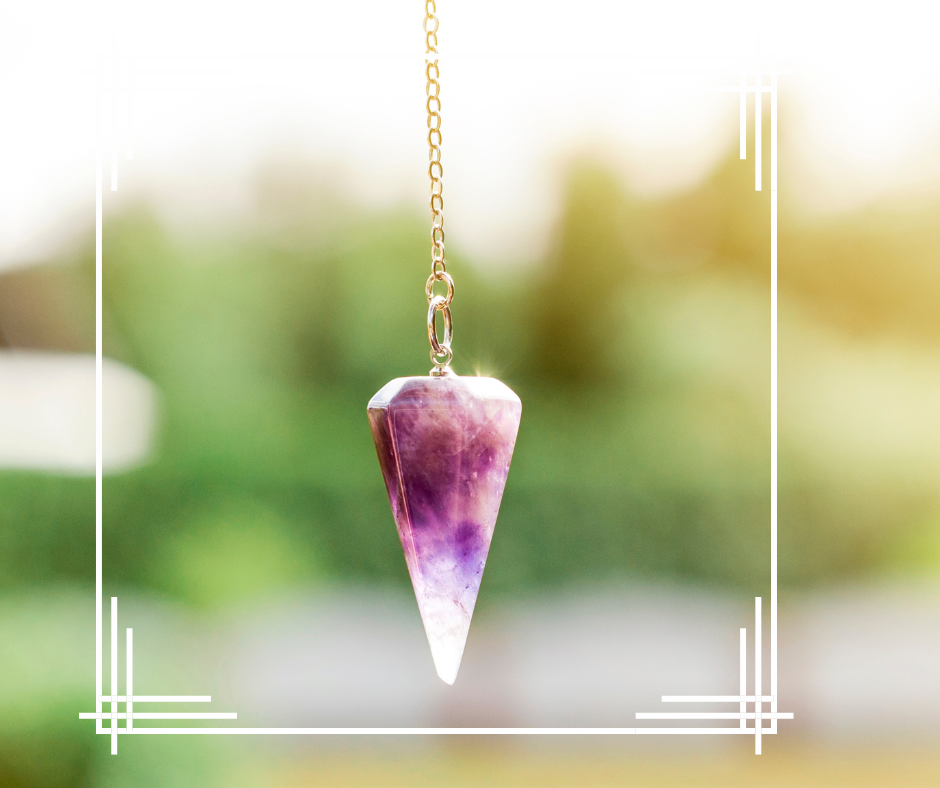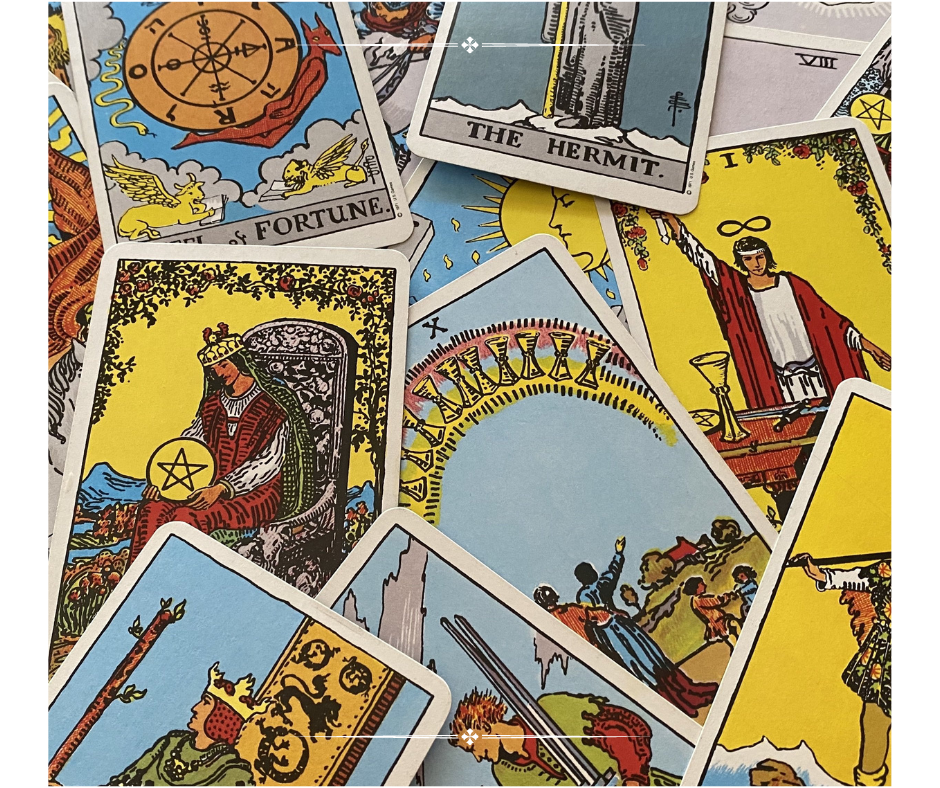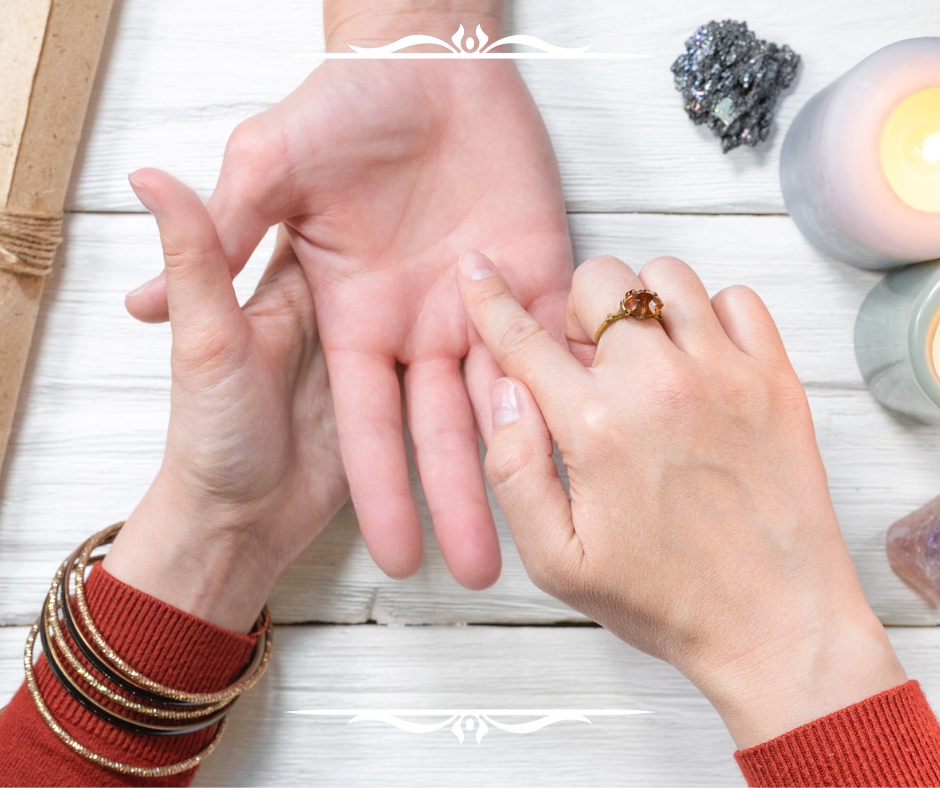The basics of divination...all in one place
Divination is the practice of seeking knowledge or guidance through paranormal, metaphysical or mystical means, often as a form of prophecy or foretelling the future.
It involves techniques such as interpreting omens, casting lots, or reading Tarot cards, with the goal of gaining insight into a question or situation.
The belief in divination is present in many cultures and has been used throughout history for both personal and collective purposes.
There are so many different types of divination…here are some of our favorites!

Pendulum Magic

Tarot & Oracle Cards

Palm Reading

Incense & Aromatics

Crystals
So, what are the benefits of practicing divination?
Whatever method you choose, it can offer several benefits, including:
- Personal growth and self-discovery: Divination can help individuals gain a deeper understanding of themselves and their place in the world. It can provide insights into personal challenges, strengths, and weaknesses.
- Improved decision-making: By accessing the unconscious mind and tapping into hidden truths and insights, divination can help individuals make informed and confident decisions.
- Increased spiritual awareness: Divination can help individuals connect with their spirituality and intuition, allowing them to develop a deeper sense of meaning and purpose in life.
- Relief of stress and anxiety: The meditative and introspective nature of divination can help to relieve stress and anxiety, allowing individuals to feel more calm and centered.
- Improved creativity and imagination: Divination can help individuals tap into their imagination and creativity, leading to new ideas and inspiration.
- Enhanced intuition: By practicing divination regularly, individuals can develop and strengthen their intuition, allowing them to better understand their instincts and make decisions based on their inner wisdom.
It's important to remember that divination should not be used as a means of predicting the future with certainty or making decisions that are harmful or unethical.
Instead, it should be seen as a tool for personal growth and self-discovery, offering new perspectives and insights into our lives.
~ Karen
2/12/2023

